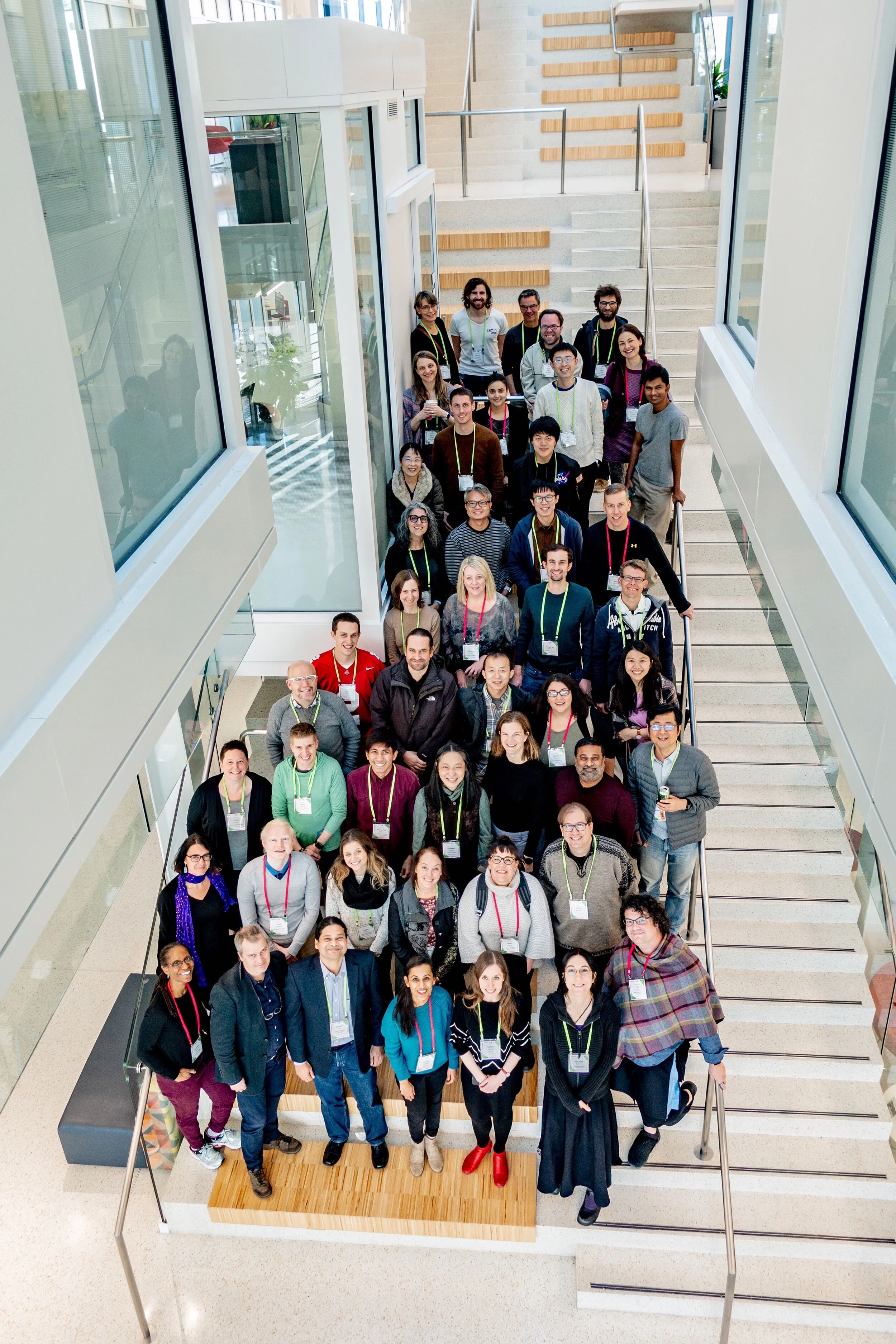CHI 2020 Program Committee Meeting
(Photograph credit by Aehong Min.)
This year I got the chance to participate in the CHI 2020 PC Meeting that took place at Indiana University’s Luddy School of Informatics, Computing, and Engineering. In the interest of clarity and to help break up confusion, I feel it is important to give a bit of context as to what a PC meeting is, who is involved, and what it entails. To be perfectly honest I did not previously know anything about the process of choosing papers and creating a program for a conference beyond what I have done as an author submitting papers and someone reviewing other papers.
“PC” refers to the Program Committee and the meeting takes place after papers have been reviewed. There is a lot more that happens before the PC meeting, but I will only speak about the portion of the process that I assisted with as an Assistant to Subcommittee Chairs (aSC). Given that CHI is such a large conference, papers are submitted to subcommittees that have specific topics such as health, visualization, design, and etc. I was selected to assist Dr. Marilyn McGee-Lennon from the University of Strathclyde, and Dr. Maria Wolters from the University of Edinburgh in the Health subcommittee. As an assistant it was my duty to help ensure that the meeting between the two Subcommittee Chairs (SCs) and all of the Associate Chairs (ACs), who helped review and coordinate reviewers for the papers submitted to the subcommittee, had all the information they needed and technology worked as smoothly as possible. This required organizing meetings through conferencing software (Zoom), working with Precision Conference Solutions (PCS), communicating with the SCs and ACs via Slack, and assisting in tracking decisions (Trello).
During the meeting the SCs would put up an order for papers to be discussed and I would display the next paper’s title and any AC or SC who was marked as having a conflict with the paper was removed from the room physically or removed from the call virtually before the ACs who that reviewed the paper were given the opportunity to discuss the paper, the insights from reviewers, and their overall suggestion. Once the ACs who reviewed the paper were finished voicing their information the floor was opened to the remaining ACs to discuss the paper. Once the committee had a decision the SCs recorded the selection and I would adjust the information in Trello to reflect what was the final decision.
After three days with half-day long meetings the subcommittees finished coming to decisions regarding the papers that would be conditionally accepted to CHI 2020. It was a eye opening experience to get to see how the process of creating a program for such a large conference takes place. Just the people who participated across the various virtual meetings and those in the physical meeting place numbered over 500 individuals who worked to help create the program for the conference next spring. That does not even begin to include all the tremendous work from the various reviewers who read and commented on submitted papers nor the authors who worked to submit thousands of papers to CHI 2020!
As I wrap up this post I want to once again thank everyone that was involved in the PC meeting along with all of the other students who acted as assistants to the SCs. Getting the experience to see part of how the conference is made was an eye opening experience and I am grateful that I could be a small part of it.
